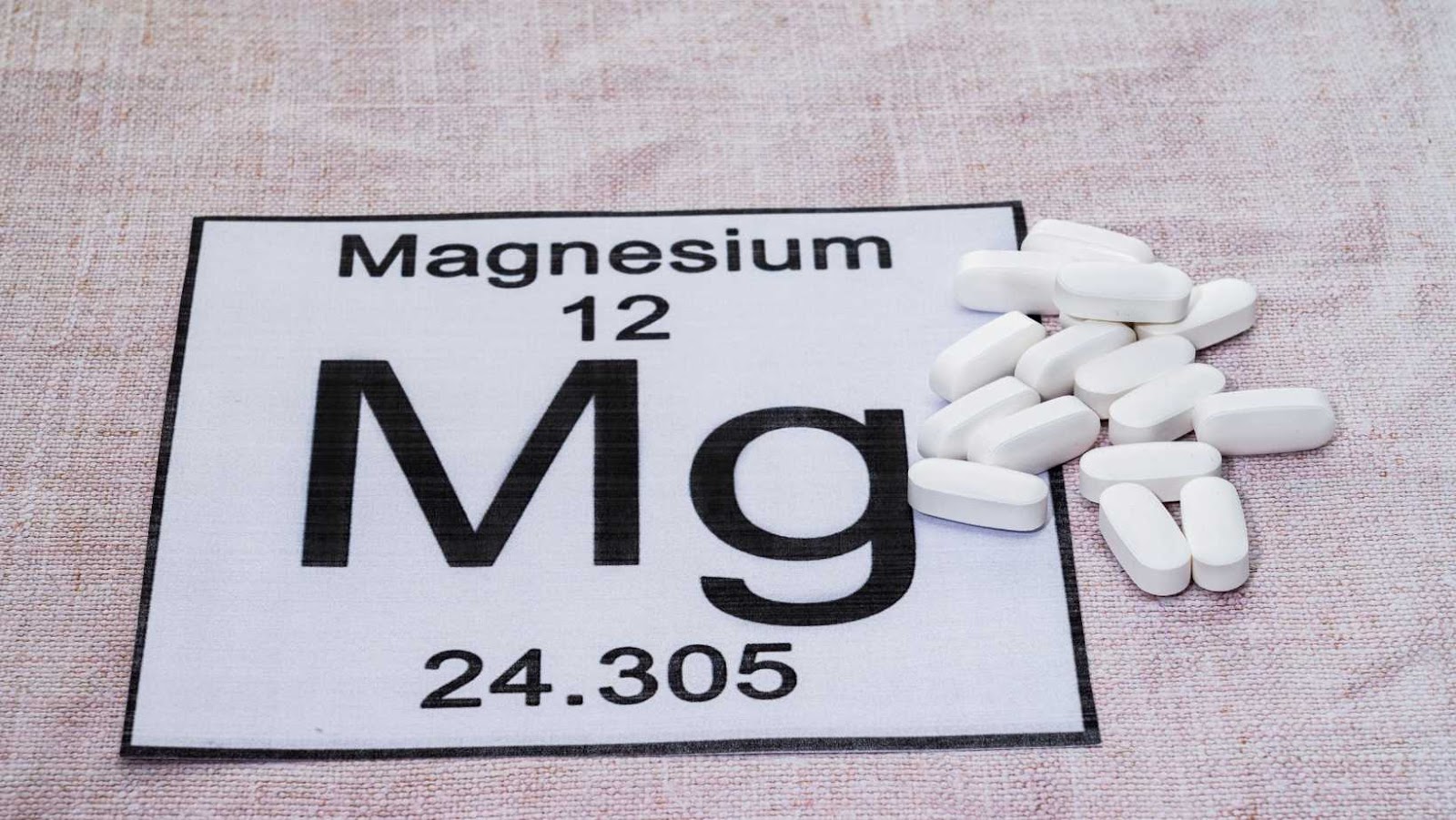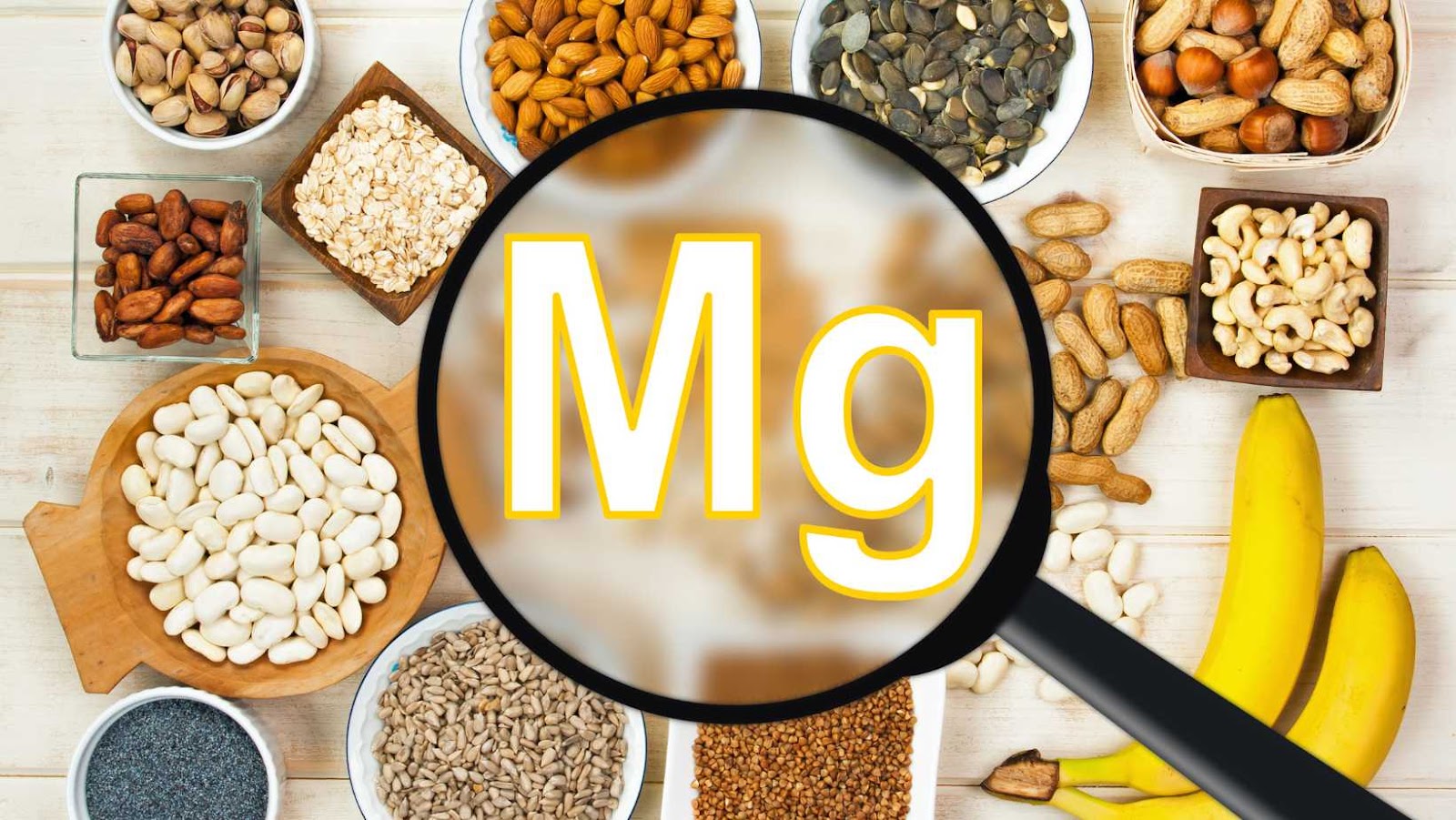Are you confused about what makes a compound unique? Do you need help figuring out which best describes a compound such as magnesium oxide? Let’s explore the answers together and learn all about what compounds are and how they fit into chemistry!
Introduction to Magnesium Oxide
Magnesium oxide is a compound made up of magnesium and oxygen. It is an alkaline earth compound that is commonly used in various industries, such as medicine, agriculture, and construction. A compound such as magnesium oxide is known as a binary compound, which means it is made up of two different elements. It is formed when magnesium metal is burned in the presence of air or oxygen. Magnesium oxide is white in color, odorless, and has a powdery texture. It has a high melting point and is soluble in water. Magnesium oxide is commonly used in the manufacturing of cement, ceramics, and refractory materials. Its medicinal properties make it an important ingredient in antacids and laxatives. In agriculture, it is used to neutralize soil acidity and provide vital minerals to plants. While magnesium oxide is generally safe, excessive exposure to the compound can lead to health problems. It is important to handle it with care and follow safety protocols when working with it.
Pro Tip: Magnesium oxide can also be used as a supplement to improve magnesium levels in the body. Consult with a healthcare professional before taking any supplements.
Which Best Describes a Compound Such as Magnesium Oxide?
Magnesium oxide is an inorganic compound consisting of magnesium and oxygen atoms, with a formula of MgO. It is a white, odorless, and non-toxic powder with various chemical properties. Magnesium oxide has a high melting and boiling point, making it stable at high temperatures. It is also highly basic and reacts with acids to form salts and water. Magnesium oxide has a low solubility in water but dissolves readily in acids, producing magnesium salts. It is a good electrical insulator and possesses high thermal conductivity. Additionally, it has a high refractive index and is used as a material for optical applications.
Magnesium oxide has various industrial and medical applications, including as a refractory material, a source of magnesium ions in medicine, and an antacid for treating heartburn and indigestion.
In summary, magnesium oxide is a highly stable, basic, and non-toxic compound that possesses unique chemical and physical properties, making it useful in various fields of science and industries.
Pro tip: Magnesium Oxide is also used as a supplement for people who are deficient in magnesium, and it can be consumed in the form of tablets or capsules.

Physical Properties of Magnesium Oxide
Magnesium oxide is a white, odorless, crystalline powder with a melting point of 2,800°C and a boiling point of 3,600°C.
It is insoluble in water and is a weak conductor of electricity unless heated to a high temperature, which causes it to dissociate into its ions.
Magnesium oxide has a high refractive index, making it a useful material in optics and telecommunication industries.
It also has a high thermal conductivity and is used in the manufacture of refractory bricks for industrial furnaces.
Overall, the physical properties of magnesium oxide make it a versatile and valuable compound with many applications in different industries.
Uses of Magnesium Oxide
Magnesium oxide is a versatile compound that finds its widespread use in numerous industries and products worldwide. This compound boasts a variety of both industrial and household applications.
Some of the most common uses of magnesium oxide include:
| Industrial Applications: | Household Applications: |
| 1. Construction – used to manufacture cement, concrete, and other construction materials. | 1. Skincare – used in sunscreen and skincare products. |
| 2. Agriculture – used to correct magnesium deficiency in soil. | 2. Food Additives – used to fortify food with magnesium and as an acidity regulator. |
| 3. Pharmaceuticals – used as an antacid and laxative | 3. Fireproofing – used as a fire retardant in fabrics and building materials. |
| 4. Water Treatment – used to absorb impurities in drinking water. | 4. Animal Feed – used to supplement animal diets with magnesium. |
Given magnesium oxide’s versatility and usefulness, it is no surprise that it is in such high demand across multiple industries.
Pro Tip: Magnesium oxide is also used in the production of electrical insulators to protect high-voltage electrical equipment from humidity and other environmental factors.
Production of Magnesium Oxide
Magnesium oxide is an inorganic compound that is widely used in various industrial applications, including as a refractory material, a fertilizer, and a food additive. Magnesium oxide can be produced through the calcination of magnesium carbonate or hydroxide. During the calcination process, magnesium carbonate or hydroxide is heated to high temperatures, causing it to decompose into magnesium oxide and water. The resulting magnesium oxide is then milled into a fine powder for various industrial applications. Magnesium oxide is an alkaline compound that is highly stable and heat-resistant, making it a versatile compound that is used in many industries.
Health Hazards of Magnesium Oxide
Magnesium oxide is a compound widely used in multiple industries such as pharmaceuticals, construction, textiles, and agriculture. It is responsible for the white powdery residue that is formed when magnesium metal is burned. Although magnesium oxide has several beneficial applications, prolonged exposure to magnesium oxide dust can pose severe health hazards to humans. These hazards include respiratory complications, eye irritation, and skin burns.
If you work with magnesium oxide or handle products containing it, it is crucial to follow proper safety protocols such as wearing a mask, eye protection, and gloves to minimize exposure. In case of ingestion, seek medical attention immediately.
Remember, like every other substance, magnesium oxide also has its pros and cons. Therefore, it is best to take adequate precautions while handling it to avoid any health hazards.

Environmental Impact of Magnesium Oxide
Magnesium Oxide is a naturally occurring mineral compound that has a low environmental impact. It is a compound formed by the combination of magnesium and oxygen atoms present in the earth’s crust. This mineral compound is highly stable and non-reactive with water and other substances, which makes it environmentally friendly. Magnesium oxide has various industrial applications, including the production of cement, refractory products, and fertilizers due to its fire-resistant and highly reactive properties. Furthermore, it is used as a dietary supplement and as an antacid in medicinal applications. Unlike other chemicals, Magnesium Oxide is not harmful to the environment, and it is neither toxic nor flammable, making it an excellent compound for various applications without having any adverse environmental impact.
Pro Tip: Always choose eco-friendly compounds such as Magnesium Oxide to minimize the environmental impact and promote sustainability.
Magnesium oxide is a white, odorless compound with the chemical formula MgO. It is a refractory compound, meaning it can withstand high temperatures without undergoing chemical changes. Its main use is as a refractory material in furnace linings, crucibles, and other high-temperature applications. It is also used as an antacid to relieve heartburn, sour stomach, and acid indigestion. Moreover, it is commonly used in various industrial applications such as wastewater treatment, agriculture, as a drying agent, and as an ingredient in cement and glass production.
In summary, magnesium oxide is a versatile compound with applications in refractory materials, antacids, and various industrial applications due to its ability to withstand high temperatures without undergoing chemical changes.
